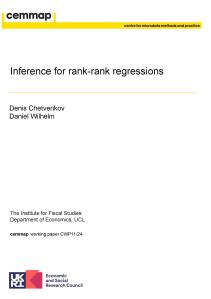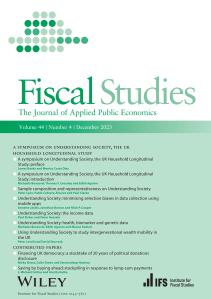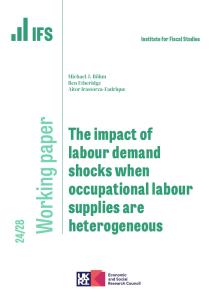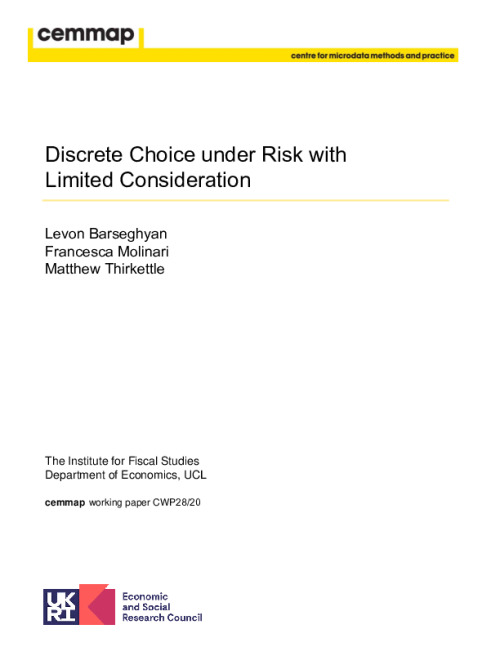Downloads
This paper is concerned with learning decision makers’ preferences using data on observed choices from a finite set of risky alternatives. We propose a discrete choice model with unobserved heterogeneity in consideration sets and in standard risk aversion. We obtain sufficient conditions for the model’s semi-nonparametric point identification, including in cases where consideration depends on preferences and on some of the exogenous variables. Our method yields an estimator that is easy to compute and is applicable in markets with large choice sets. We illustrate its properties using a dataset on property insurance purchases.
Authors

Francesca Molinari

Levon Barseghyan

Matthew Thirkettle
Working Paper details
- DOI
- 10.1920/wp.cem.2020.2820
- Publisher
- The IFS
Suggested citation
L, Barseghyan and F, Molinari and M, Thirkettle. (2020). Discrete choice under risk with limited consideration. London: The IFS. Available at: https://ifs.org.uk/publications/discrete-choice-under-risk-limited-consideration (accessed: 30 June 2024).
More from IFS
Understand this issue

Gender norms, violence and adolescent girls’ trajectories: Evidence from India
24 October 2022

What are the challenges in getting debt on a falling path?
28 June 2024

Election Special: Your questions answered
27 June 2024
Policy analysis

ABC of SV: Limited Information Likelihood Inference in Stochastic Volatility Jump-Diffusion Models
We develop novel methods for estimation and filtering of continuous-time models with stochastic volatility and jumps using so-called Approximate Bayesian Compu- tation which build likelihoods based on limited information.
12 August 2014

Assessing the economic benefits of education: reconciling microeconomic and macroeconomic approaches
This CAYT report discusses the strengths and limitations of several approaches to assessing the effect of education on productivity.
14 March 2013

Misreported schooling, multiple measures and returns to educational qualifications
We provide a number of contributions of policy, practical and methodological interest to the study of the returns to educational qualifications in the presence of misreporting.
1 February 2012
Academic research

Inference for rank-rank regressions
28 May 2024

Understanding Society: minimising selection biases in data collection using mobile apps
2 February 2024

The impact of labour demand shocks when occupational labour supplies are heterogeneous
28 June 2024
